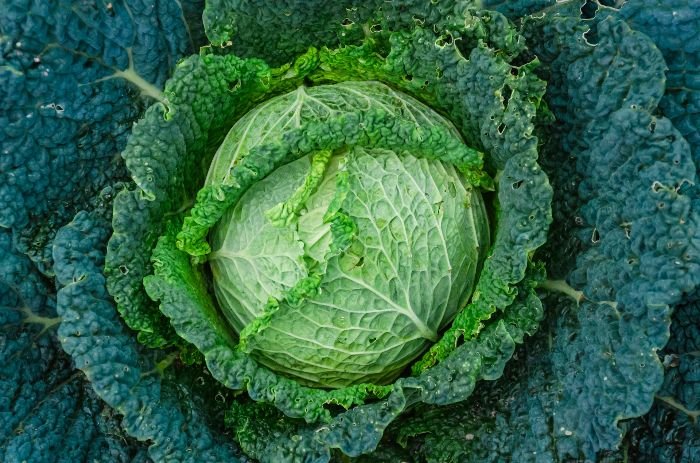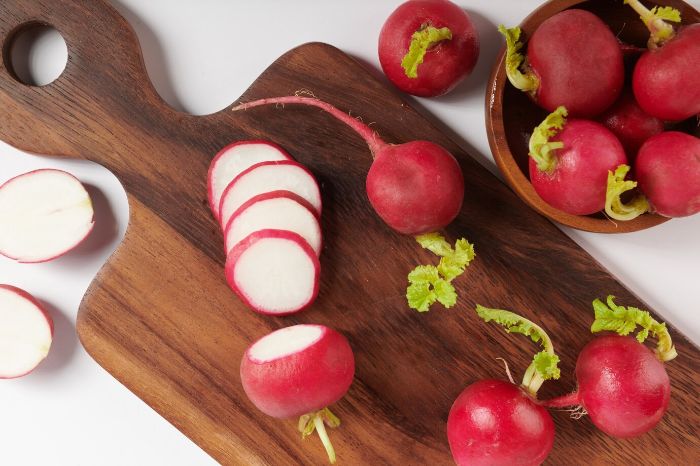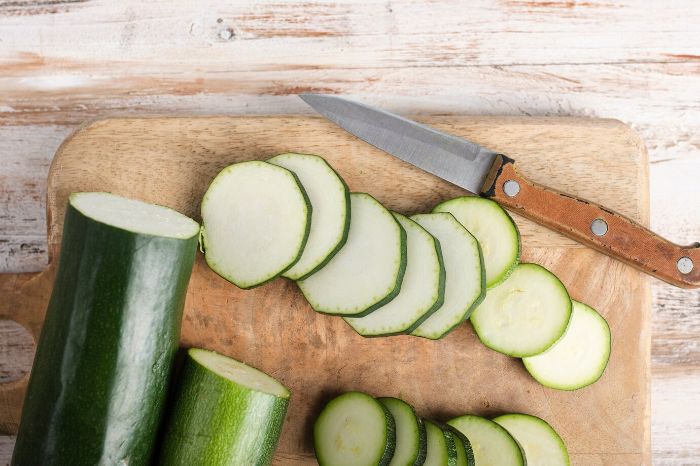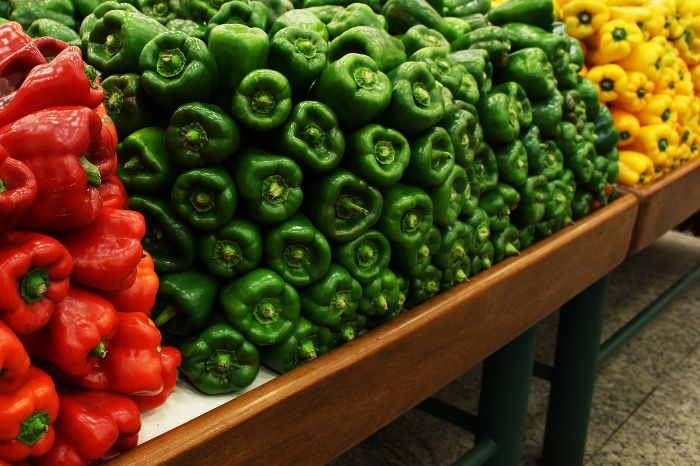If you’re looking to supercharge your diet and boost your overall health, there’s one superfood that stands above the rest – kale. And here’s a surprising fact for you: Did you know that kale contains more vitamin C than an orange?
Kale has gained widespread recognition for its exceptional nutritional profile and numerous health benefits. From supporting cardiovascular health to aiding in weight management, this leafy green vegetable packs a powerful punch when it comes to nourishing your body.
In this article, we will delve into the health benefits of kale, explore its nutritional profile, and provide tips on how to incorporate this superfood into your diet. By the end, you’ll be ready to harness the full potential of kale and take your health to a whole new level.
Key Takeaways:
- Kale is a superfood packed with essential nutrients and health benefits.
- It contains more vitamin C than an orange.
- Kale supports cardiovascular health and aids in weight management.
- You can easily incorporate kale into your diet through various recipes.
- Growing kale at home is a great way to have a fresh supply on hand.
Table of Contents
Why Kale Deserves the Superfood Title
Kale has earned the title of a superfood due to its exceptional nutritional profile and health benefits. This leafy green vegetable is a nutritional powerhouse, packed with vitamins, minerals, antioxidants, and fiber. Its impressive nutrient density makes it an excellent addition to any diet.
When we talk about superfoods, we often refer to foods that offer a wide range of health benefits and are particularly rich in essential nutrients. Kale fits this description perfectly. It is not only low in calories but also provides an abundance of vitamins and minerals that are crucial for supporting overall health and wellbeing.
One of the key reasons why kale deserves its superfood status is its high vitamin content. This vegetable is packed with vitamins A, C, and K. Vitamin A is essential for maintaining healthy vision, while vitamin C supports immune function and collagen production. Vitamin K plays a vital role in blood clotting and bone health.
Aside from vitamins, kale is also a great source of minerals like calcium and iron. Calcium is crucial for strong bones and teeth, while iron is necessary for oxygen transport and energy production in the body.
In addition to vitamins and minerals, kale is rich in antioxidants. These powerful compounds help protect our cells from damage caused by harmful molecules called free radicals. By neutralizing free radicals, antioxidants contribute to reducing inflammation and lowering the risk of chronic diseases.
Overall, the combination of vitamins, minerals, antioxidants, and fiber makes kale a nutritional powerhouse. Its unique properties make it a deserving recipient of the superfood title.
“Kale is not only low in calories but also provides an abundance of vitamins and minerals that are crucial for supporting overall health and wellbeing.”
Kale’s Nutritional Profile – A Closer Look
Kale is renowned for its outstanding nutritional profile that contributes to overall health and wellbeing. This leafy green is a powerhouse of essential vitamins and minerals, making it a valuable addition to any diet.
Vitamins and Minerals Galore
When it comes to vitamins, kale is a true champion. It is packed with vitamin A, which promotes healthy vision and a robust immune system. Vitamin C is abundant in kale, providing powerful antioxidant properties that support immune function and collagen synthesis. Another key nutrient found in kale is vitamin K, which plays a crucial role in blood clotting and bone health. Additionally, kale is a fantastic source of calcium and iron, essential minerals that are involved in bone formation and oxygen transport throughout the body.
Antioxidants in Kale – Beyond Basic Nutrition
But the benefits of kale go beyond its nutritional content. Kale is also rich in antioxidants, which are compounds that protect our cells from damage caused by harmful free radicals. Antioxidants help reduce oxidative stress and inflammation, promoting overall health and potentially reducing the risk of chronic diseases. Kale contains a variety of antioxidants, including flavonoids, carotenoids, and polyphenols, which are known for their diverse health properties.
To visually appreciate kale’s nutritional prowess, take a look at this image:
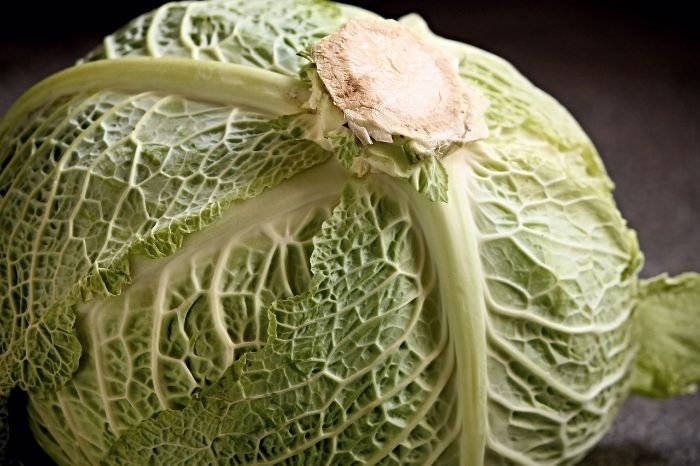
Health Benefits of Eating Kale
Kale is a powerhouse when it comes to promoting overall health and well-being. Its numerous health benefits make it a must-have addition to your diet. In this section, we will explore two key areas where kale shines: cardiovascular health and weight management.
Kale and Cardiovascular Health
When it comes to keeping your heart healthy, kale is a top contender. This leafy green vegetable contains compounds that can help reduce cholesterol levels, keeping your arteries clear and lowering your risk of heart disease. Additionally, kale is rich in potassium, a mineral that helps regulate blood pressure levels. Including kale in your diet can provide the nutrients your heart needs to stay strong and resilient.
The Role of Kale in Weight Management
Kale is also a valuable asset in your weight management journey. Firstly, kale is low in calories and high in fiber, making it an excellent choice for creating a feeling of fullness without consuming excessive calories. Its high fiber content also aids in digestion and supports a healthy gut. Furthermore, kale contains compounds that promote a healthy metabolism, which can help in maintaining a healthy weight. By incorporating kale into your meals, you can fuel your body with essential nutrients while supporting your weight management goals.
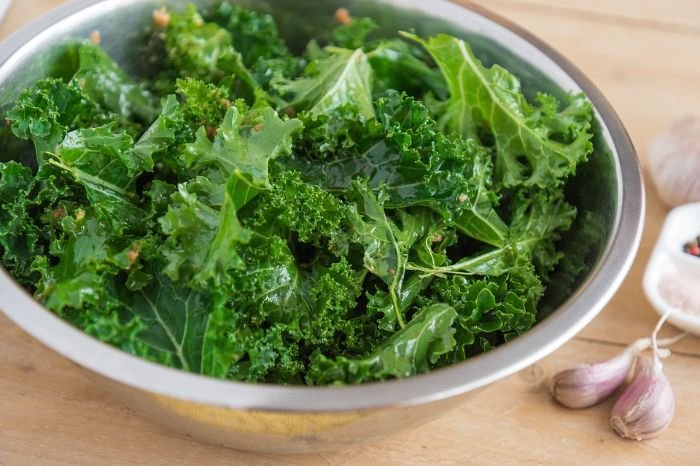
With its many health benefits, kale is a nutritional powerhouse that can enhance your well-being. Whether you’re looking to support cardiovascular health or manage your weight, kale is a versatile and nutritious addition to any diet.
How to Incorporate Kale into Your Diet
Adding kale to your diet is easy and versatile. In this section, we will share various ways to incorporate kale into your meals, including delicious recipes for smoothies, salads, and other dishes. We will also provide tips for growing kale at home, allowing you to have a fresh supply of this superfood right at your fingertips.
From Smoothies to Salads – Versatile Kale Recipes
One of the simplest ways to incorporate kale into your diet is by adding it to smoothies. Blend kale leaves with your favorite fruits, yogurt, and a liquid of your choice to create a nutrient-rich green smoothie. You can also try making kale chips by tossing kale leaves in olive oil, sprinkling them with salt, and baking them until crispy.
For a hearty and healthy salad, use kale as the base instead of traditional lettuce. Massage the kale leaves with a little lemon juice or olive oil to soften them, then top with your favorite vegetables, nuts, and a flavorful dressing. The sturdy texture of kale makes it an excellent option for grain bowls, stir-fries, and soups as well.
Tips for Growing Kale at Home
If you want a continuous supply of fresh kale, consider growing it at home. Kale is a cool-season crop that thrives in cooler temperatures, making it perfect for growing in spring and fall. Plant kale seeds or seedlings in well-draining soil, and provide them with ample sunlight and regular watering.
To ensure a bountiful harvest, keep an eye out for common pests like aphids and cabbage worms. You can protect your kale plants by using organic pest control methods or by covering them with row covers or netting. Harvest kale leaves by picking them from the bottom of the plant, allowing the new leaves to continue growing.
Conclusion – Making the Most of Kale’s Nutritional Power
Throughout this article, we have explored the incredible benefits of including kale in your diet. By harnessing the nutritional power of kale, you can take a significant step towards boosting your overall health and well-being. Kale’s exceptional nutritional profile, packed with vitamins, minerals, antioxidants, and fiber, makes it a true superfood.
With its potential to support cardiovascular health, kale can help you maintain a healthy heart and reduce the risk of heart disease. Its ability to aid in weight management is also noteworthy, as kale supports digestion, provides satiety, and promotes a healthy metabolism. By incorporating kale into your daily meals, you can maximize its nutritional power and reap the long-term benefits.
Whether you choose to add kale to your smoothies, salads, or other dishes, there are countless delicious recipes that can help you incorporate this superfood into your diet. And for those who want to take it a step further, growing kale at home can provide a fresh and sustainable supply.
So, why wait? Start supercharging your diet today by incorporating kale into your meals regularly. By doing so, you’ll be embracing a nutrient-packed and health-enhancing lifestyle. From boosting your immune system to supporting your overall well-being, kale is truly a remarkable superfood that deserves a prominent place in your diet.
FAQ
What makes kale a superfood?
Kale is considered a superfood due to its exceptional nutritional profile, packed with vitamins, minerals, antioxidants, and fiber, making it a valuable addition to any diet.
What vitamins and minerals does kale contain?
Kale is loaded with essential vitamins and minerals, including vitamin A, vitamin C, vitamin K, calcium, and iron.
How do the antioxidants in kale benefit our health?
While kale is packed with antioxidants, these compounds go beyond basic nutrition to provide unique health benefits, such as reducing inflammation and protecting against chronic diseases.
What are the health benefits of eating kale?
Kale offers a wide range of health benefits, including supporting cardiovascular health by reducing cholesterol levels and supporting healthy blood pressure, as well as aiding in weight management by supporting digestion, providing satiety, and promoting a healthy metabolism.
How can I incorporate kale into my diet?
Incorporating kale into your diet is easy and versatile. You can enjoy kale in smoothies, salads, soups, stir-fries, and even as crunchy kale chips. We will also provide tips on growing kale at home, so you can have a fresh supply of this superfood right at your fingertips.






